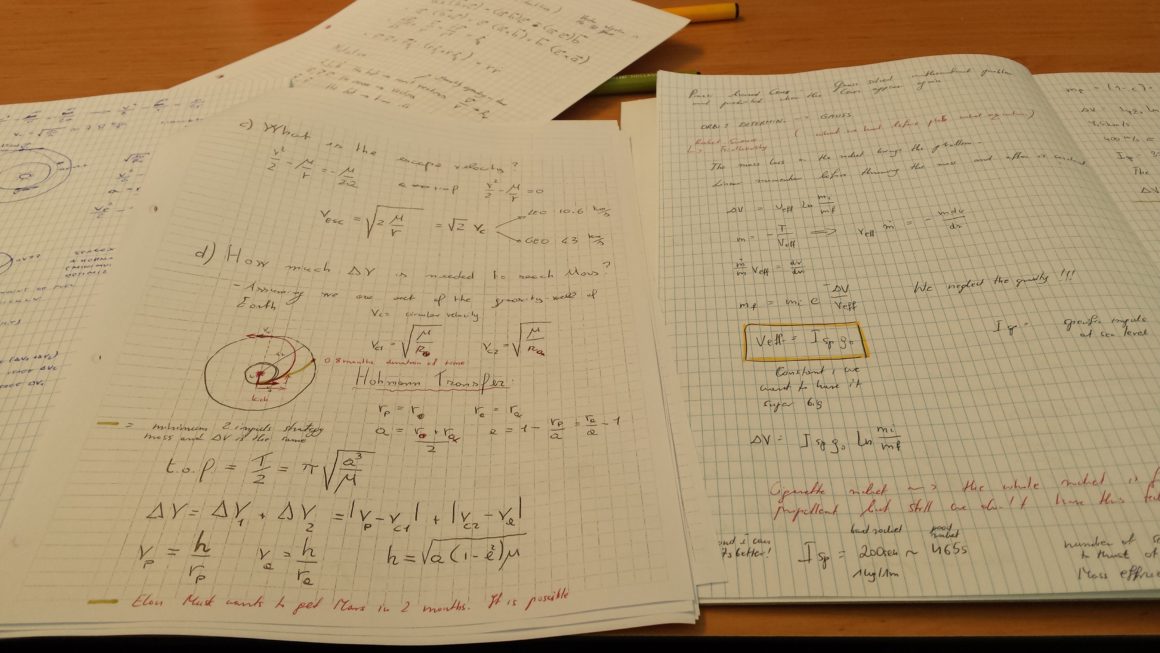Now more than ever, the attainment of a higher education degree and the acquisition of technical skills are beneficial in an increasingly competitive and technologically driven labor market. However, the costs of a college degree are steep. Over the past decade, the Consumer Price Index (CPI) for U.S. college tuition and fees increased by 63%, in comparison to a 21% increase for all goods and services. To cover the massive increase, students have borrowed more, raising the national student loan debt to over $1 trillion. These trends, along with the expanding presence of the Internet and changing skillsets in the workplace, have caused some individuals to seek learning opportunities outside of traditional four-year colleges.
Online courses have helped meet this demand for education, and both non-profit and for-profit universities have taken advantage of the new market. Many universities, including some highly-ranked research institutions, are now offering online or blended-learning courses in conjunction with their traditional programs. Through online courses, universities can increase their revenue and expand their academic reach to more students.
In addition to universities, private non-credit organizations like Coursera and Udacity provide access to online education resources for little to no cost. These organizations offer Massive Open Online Courses (MOOCS), allowing hundreds of thousands of students to enroll in a single class from anywhere in the world. A primary advantage of MOOCs is greater accessibility – there is no admissions process or limit to class size, and students have more flexibility in choosing class schedules.
(Jingfei) Online Education (1)
Challenges to online education
Despite the accessibility of online education, the medium remains controversial. Critics argue that online learning is not a perfect substitute for a four-year university education. For example, John Villasenor of the Brookings Institution writes that in-person classes might deliver a richer learning experience. Villasenor asserts that online courses focus primarily on academic content, while in-person courses allow for peer-to-peer interaction and classroom engagement.
Furthermore, online classes may be more difficult to adjust to. A 2017 Brookings study finds that students who enroll in online courses receive lower grades on average and are more likely to drop out – and the effect is greater for those who are less prepared for school. While online courses may provide greater accessibility for some students, the study indicates that they are not currently an optimal solution for all.
Technological innovation could offer solutions
Although online education currently faces challenges, new innovations could potentially offer hope. For example, artificial intelligence can be used to provide personalized feedback and course pacing. Algorithms can analyze individual students’ academic weaknesses and determine how to remedy them, boosting educational outcomes. Recently, online courses have become more interactive and flexible to students’ schedules, and educational providers continue to provide further customization. Furthermore, virtual reality and interactive games could offer students unique learning methods in an online setting. In summary, innovative courses can allow real-time assessment and digital collaboration between classmates and teachers who never have to meet in person.
Online Education Slope
Developments in public policy
With the growing popularity of online education, policymakers are reevaluating education policy to promote the benefits of online learning and mitigate the disadvantages. People still debate the merits of online education, but many states have generally increased support for it. For example, while Pennsylvania’s need-based education grant program had previously restricted online students, the state introduced a five-year pilot program starting 2013 to research and evaluate potential changes to its policies.
States have traditionally awarded education credits based on time spent in a physical classroom, but many have recently reversed their “seat time” requirements, resulting in a higher prevalence of online courses. Education falls primarily under state and local jurisdiction, but the federal government has also benefited online schools by revising its former policies regarding online education. In 2006, the U.S. Department of Education repealed the 50% Rule provision of the Higher Education Act of 1992, permitting institutions that offered more than 50% of classes online to administer Title IV student aid. These changes in policy have contributed to the rise of online education, and federal and state governments may continue to develop their policies as more information about the effects of online education becomes available.
The future of online education?
Although online courses might impact traditional brick-and-mortar universities, they likely would not entirely replace them. A majority of the public still places value on the traditional four-year college experience as a means of achieving the American dream. A 2012 and 2015 Pew Research Center study shows that 60% of American adults are unaware of distance learning, 80% of adults are unaware of MOOCs, and 84% of college graduates believe that both the direct and opportunity costs of attending college are a worthwhile expenditure.
Still, some colleges and universities may face pressure to evolve due to the viability of online course offerings. Some students believe that traditional college degrees are less relevant to the technical skills that employers are looking for, and some employers are beginning to accept alternative educational credentials. Technical and computer science skills courses are the most popular MOOCs, reflecting a changing demand in the labor market. The Internet can be a beneficial tool to improve educational access and quality. However, it is important to monitor and improve upon online education to ensure that its promises of increased educational accessibility are in fact a reality for all students.
Photo by Matt Harasymczuk of Flickr.
Caitlin Chin was a senior online editor for the Georgetown Public Policy Review and a M.P.P. candidate at the McCourt School. She holds a bachelor's degree in government and Spanish from the University of Maryland.
